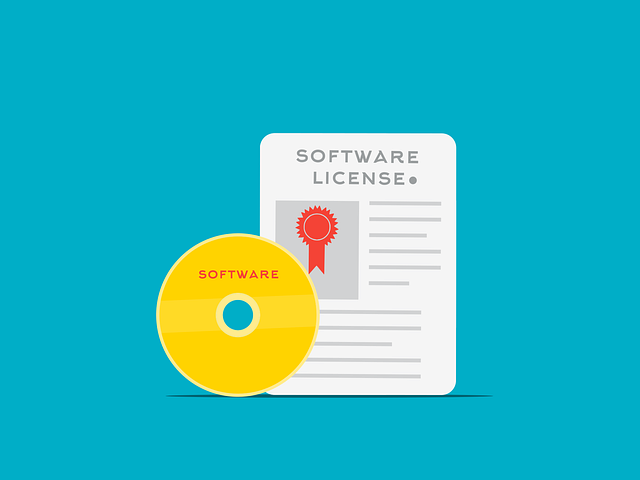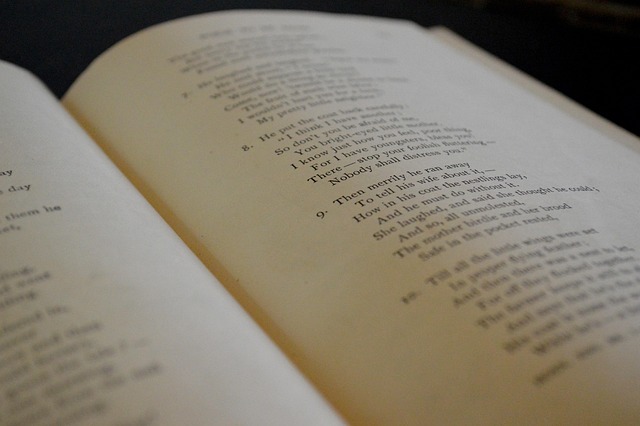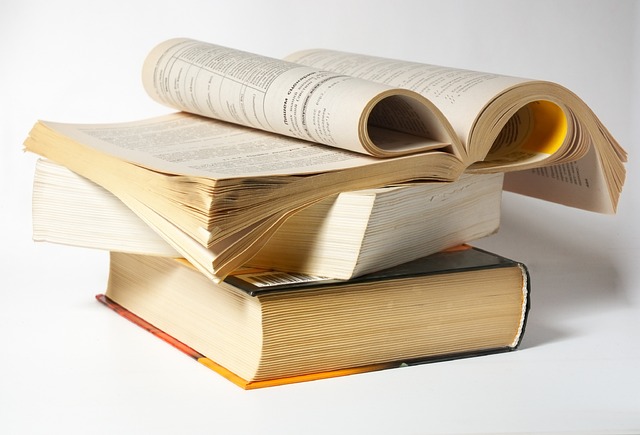Accurate document translation is crucial for studying abroad or on exchange programs. Each institution demands specific academic records, including transcripts and financial statements. Professional translators ensure linguistic precision and formatting compliance, aiding smooth enrollment. Legalization and authentication verify document validity for cross-border recognition. Timely submissions with clear communication are key to a successful application process.
Navigating study abroad or exchange programs involves translating academic documents for international universities. This comprehensive guide delves into the essential document requirements, covering everything from understanding vital papers to legalizing and authenticating them. Learn about common challenges and how to choose reliable translation services. Additionally, we provide a step-by-step guide to translating academic records and offer tips for effective communication with foreign institutions, ensuring a smooth path to your international educational journey.
- Understanding Document Requirements for Study Abroad
- Essential Documents for Exchange Programs Worldwide
- Translating Academic Records: Step-by-Step Guide
- Legalization and Authentication: International Standards
- Common Challenges in Document Translation
- Choosing Reliable Translation Services for Education
- Tips for Effective Communication with Foreign Universities
Understanding Document Requirements for Study Abroad
Understanding the document requirements for study abroad or exchange programs is a crucial step in your application process. Each university and country has its own set of specifications, so it’s essential to be aware of what’s expected. This may include academic transcripts, language proficiency tests (like TOEFL or IELTS), financial statements, passport copies, and other supporting documents.
Before submitting your application, carefully review the list of required paperwork provided by the hosting university or educational institution. Ensure all documents are translated accurately and professionally, especially if your native language isn’t that of the country you’re applying to. Proper translation enhances the credibility of your application and ensures a smooth transition into your international academic journey.
Essential Documents for Exchange Programs Worldwide
When preparing for a study abroad or exchange program, ensuring that your documents are correctly translated is paramount. Essential documents, such as academic transcripts, diplomas, and certificates, must be accurately rendered into the language of the host country to facilitate smooth enrollment and registration processes. Inaccurate translations can lead to delays, misunderstandings, or even rejection from educational institutions.
Universities worldwide often require official translations for international students to demonstrate their academic qualifications. Therefore, it’s crucial to engage professional translation services specializing in study abroad or exchange program documents. These experts not only ensure linguistic accuracy but also adhere to the specific formatting and certification requirements of different countries, streamlining your transition to an international educational setting.
Translating Academic Records: Step-by-Step Guide
Translating academic records for study abroad or exchange programs involves several crucial steps to ensure accuracy and compliance with international education standards. Here’s a straightforward, step-by-step guide:
1. Identify the Documents: Begin by understanding which documents require translation. Common ones include transcripts, diplomas, certificates, and letters of recommendation. Ensure you have all necessary paperwork from your home institution.
2. Choose a Professional Translator: Select a translator who specializes in academic documentation. Look for qualifications like certified translators or language services providers with experience in higher education. Verify their proficiency in both source and target languages.
3. Prepare the Files: Digitalize your documents to PDF format, ensuring high resolution for accurate translation. Organize files clearly, labeling them with student ID, name, and program details for easy reference.
4. Submit for Translation: Send the documents to your chosen translator. Some services offer online platforms where you can upload files and track progress. Communicate any specific formatting or stylistic requirements for consistency with original documents.
5. Review and Proofread: Upon receipt of translated records, carefully review each document for accuracy in content, terminology, and format. Proofreading ensures no errors slip through and that the translation aligns with your academic background.
6. Authentication (if necessary): Depending on the destination country’s requirements, you might need to authenticate or notarize the translated documents. Research these specific procedures and follow any applicable steps before submitting them to the receiving university.
Legalization and Authentication: International Standards
When translating documents for study abroad or exchange programs, legalization and authentication are crucial international standards that must be met. This process ensures the validity and acceptance of academic papers, certificates, and other paperwork across borders. Legalization involves verifying the signature and seal of the issuing authority, ensuring they are authentic and in line with local laws. Additionally, many countries require an official stamp or endorsement from a recognized body to validate the document’s integrity.
These measures are vital to navigate the complexities of international education systems. Students participating in study abroad programs must provide legalized documents to universities overseas, demonstrating their academic qualifications and ensuring a smooth enrollment process. This standardized approach facilitates efficient recognition of educational credentials globally, fostering opportunities for cross-cultural learning and exchange.
Common Challenges in Document Translation
The translation of study abroad or exchange program documents presents unique challenges that go beyond typical language interpretation. One of the primary hurdles is the nuanced understanding of academic terminology and cultural references specific to each country. What might be a straightforward concept in one educational system could have complex equivalents in another, requiring not just linguistic proficiency but also knowledge of the host nation’s education framework.
Additionally, deadlines for student applications often create time constraints that add pressure on translation services. Accurate and fast turnaround times are essential as students rely on these translations for their international academic pursuits. Ensuring precision while meeting tight schedules demands specialized translators who can handle complex documents efficiently without compromising quality.
Choosing Reliable Translation Services for Education
When considering translation services for vital study abroad or exchange program documents, it’s crucial to prioritize accuracy and reliability. Students and universities must ensure that academic records, transcripts, and other paperwork are translated by professional linguists with a deep understanding of both languages and educational terminology. This is not just about word-for-word translations; it involves conveying nuanced meanings accurately to facilitate smooth transitions in international education.
Choosing reputable translation service providers specializing in educational documentation ensures compliance with university requirements and maintains the integrity of academic records. Look for companies that employ certified translators, offer a guarantee of accuracy, and have experience dealing with various foreign languages and educational systems. Reputable services also adhere to strict confidentiality policies, protecting sensitive student information.
Tips for Effective Communication with Foreign Universities
Effective communication is key when navigating the process of translating study abroad or exchange program documents for universities worldwide. Firstly, familiarize yourself with the university’s specific requirements and guidelines. Each institution may have its own set of expectations regarding document submission, so ensure you understand what they need from you. This includes any special formatting, language preferences, and required certifications.
Secondly, maintain clear and concise communication throughout. Use simple language in your emails or correspondence to avoid misunderstandings. Clearly state your intentions, deadlines, and any concerns you may have. Regularly follow up with the university contact person designated for exchange programs; they can provide valuable insights and ensure your documents align with their needs. Additionally, be prepared to provide additional information or clarifications as requested.
Translating study abroad documents is a complex process, but with the right knowledge and resources, students can navigate their way to international education. Understanding the varying requirements, essential documents needed, and step-by-step translation processes ensures a smoother journey. By adhering to international standards for legalization and authentication, and by choosing reliable translation services, students can overcome common challenges and communicate effectively with foreign universities. Embracing these strategies paves the way for a transformative global experience.



